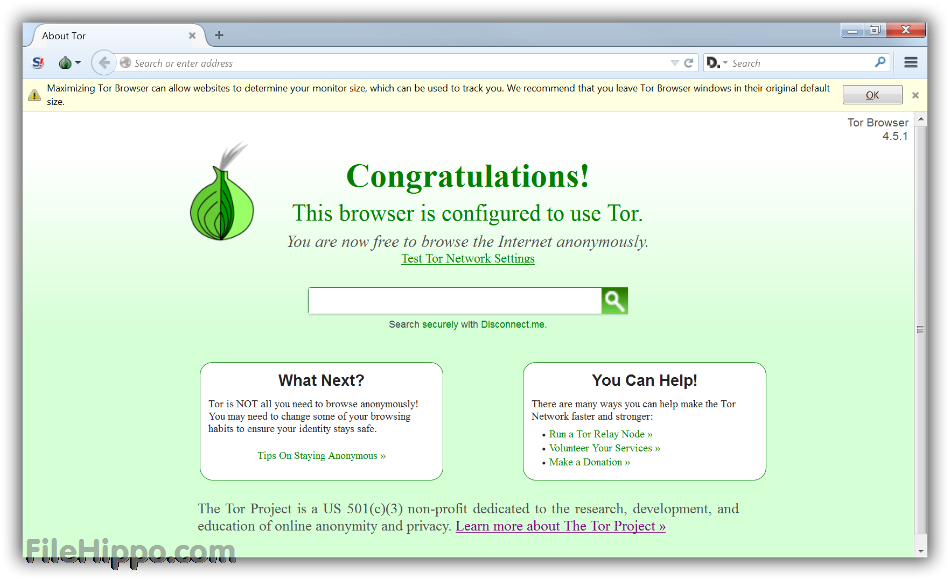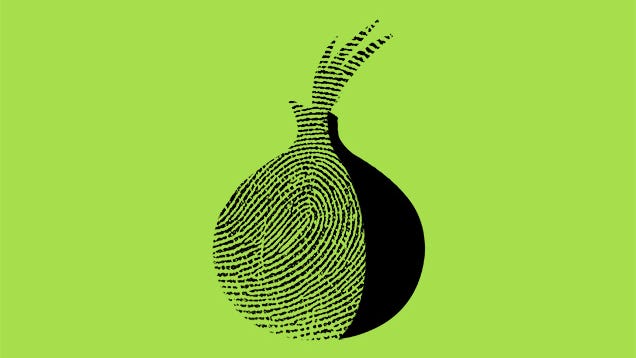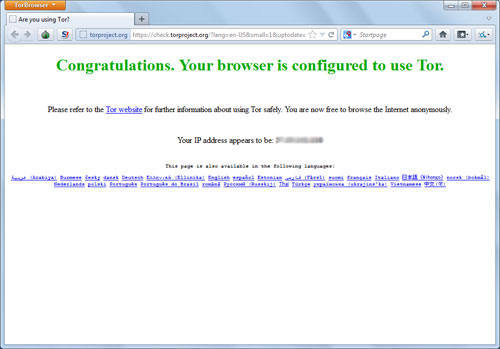

Using the Onion Routing Protocol, Tor software obfuscates a user’s identity from anyone seeking to monitor online activity (e.g., nation states, surveillance organizations, information security tools). While Tor can be used to promote democracy and free, anonymous use of the internet, it also provides an avenue for malicious actors to conceal their activity because identity and point of origin cannot be determined for a Tor software user. This software is maintained by the Tor Project, a nonprofit organization that provides internet anonymity and anti-censorship tools. Tor (aka The Onion Router) is software that allows users to browse the web anonymously by encrypting and routing requests through multiple relay layers or nodes. Cyber threat actors can use Tor software and network infrastructure for anonymity and obfuscation purposes to clandestinely conduct malicious cyber operations.,


This advisory-written by the Cybersecurity Security and Infrastructure Security Agency (CISA) with contributions from the Federal Bureau of Investigation (FBI)-highlights risks associated with Tor, along with technical details and recommendations for mitigation. See the ATT&CK for Enterprise and Pre-ATT&CK frameworks for referenced threat actor techniques. This advisory uses the MITRE Adversarial Tactics, Techniques, and Common Knowledge (ATT&CK®) and Pre-ATT&CK framework.


 0 kommentar(er)
0 kommentar(er)
